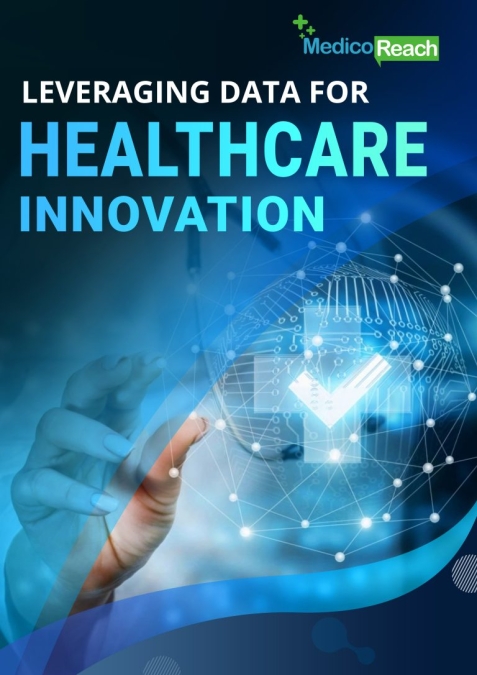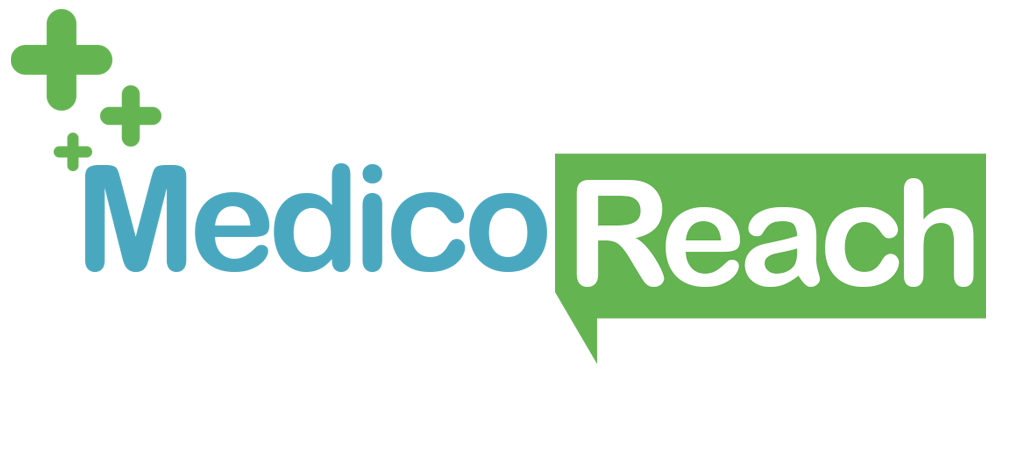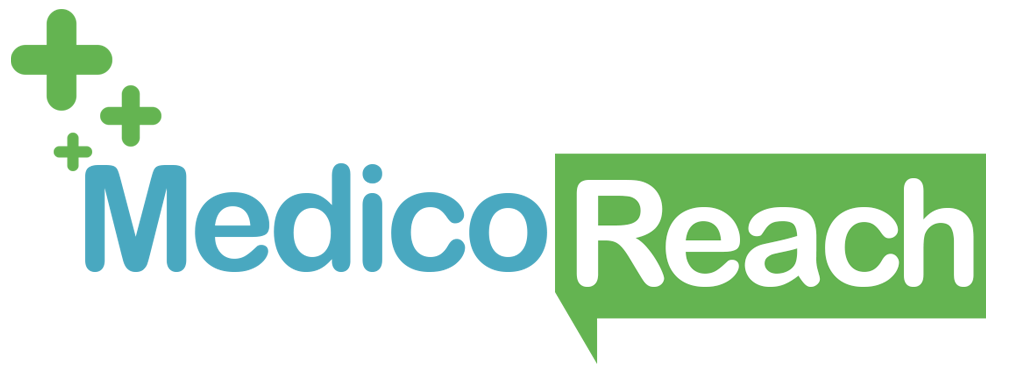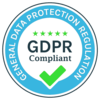
The healthcare sector is producing an overwhelming amount of information daily. Reports show that 30% of the world’s data volume comes from medical organizations. That number, however, will go up to 36% by the end of 2025.
While that value may seem surprising, it’s still a modest estimation based purely on previous metrics. Studies show that from 2013 to 2020, itself, healthcare data experienced a compounded annual growth rate (CAGR) of over 47%. That’s nearly half of the existing volume.
Now, with so much information streaming in, the primary goal for the healthcare sector is three-fold:
- Using modern data analytics tools to help medical organizations focus on pattern recognition in health and patient applications.
- Incorporating a comprehensive system that uses big data to expedite current clinical avenues, including telehealth and drug development.
- Leveraging real-time information to transform existing healthcare models and coverage policies.
- There have been advancements with respect to some of these goals. For example, industry figures have identified that catering to the social determinants of health (SDoH) is critical to establishing a consolidated analytics program.
That would also help in reducing overall spending in conceptualizing treatment plans. In addition, individual clinical practitioners have already made some headway in medical care innovation and expenditure on outpatient facilities. This, though, also creates a disparity between corporations and non-franchised enterprises. Consolidating everything, the most prominent demands from healthcare industry experts seem to be related to:
- Data clarity
- Availability of analytics experts and specialists
- Opportunities and avenues to track performance metrics
This market insight examines the emerging trends and utilization models regarding the healthcare sector leveraging information to transform its current practices. In doing so, it hopes to elaborate on the industry’s current direction, the existing data challenges, and the potential technological opportunities for integrating massive healthcare data sets.




